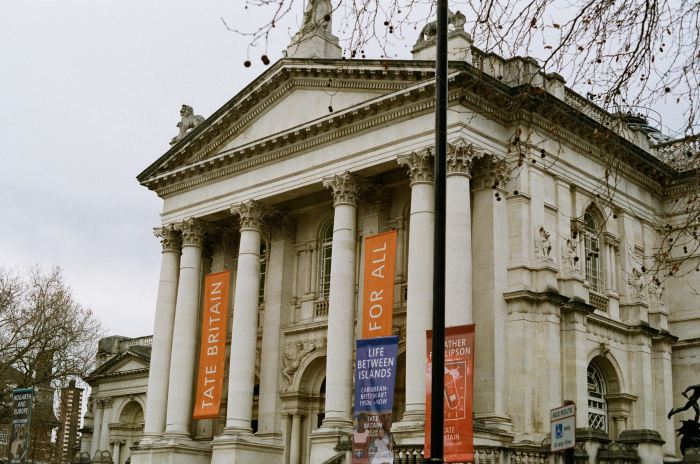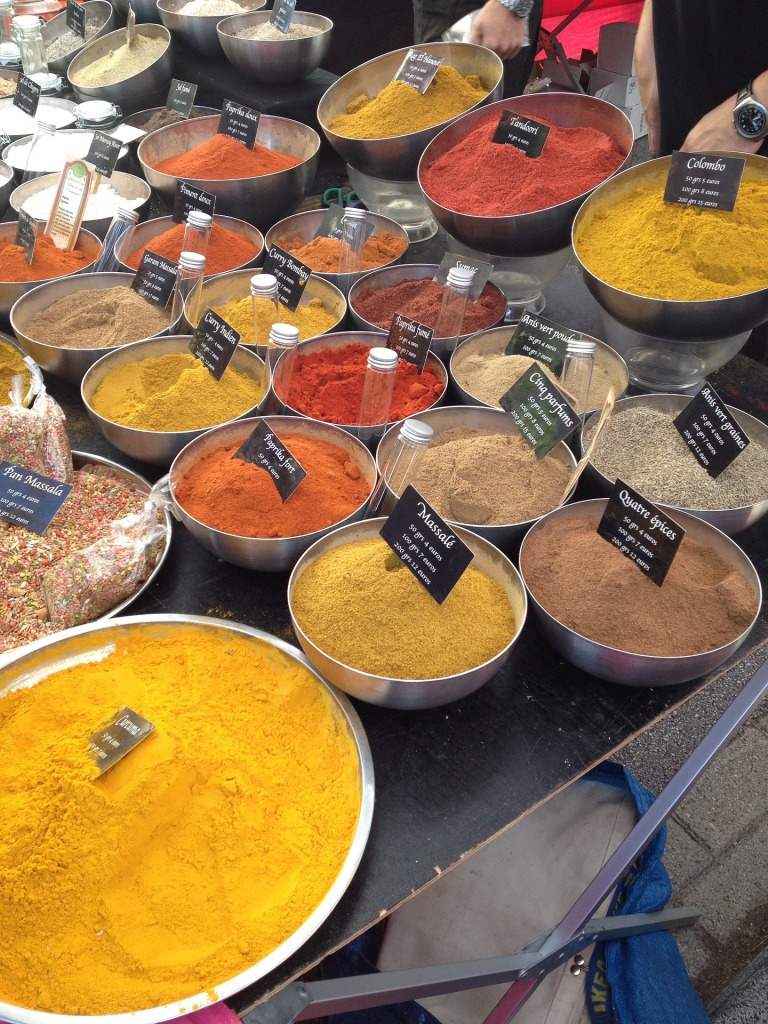How often do you examine your eyes for signs of health or illness? If your answer is rarely or never, you are not alone. However, understanding what healthy eyes should look like is crucial to maintaining not only your vision but also your overall health. Many systemic diseases such as diabetes, hypertension, and even some types of cancer can be detected through changes in the eyes. Therefore, it’s time to prioritize your ocular health and familiarize yourself with the characteristics of healthy eyes. Knowledge is power, and in this case, it could save your vision or even your life.
Healthy eyes are typically bright and clear, with no redness, cloudiness, or unusual discharge. The whites should be truly white – not yellow or grey – and the pupils equal in size. Any deviation from this norm could indicate an underlying issue. For instance, persistent redness could be a sign of dry eye syndrome or conjunctivitis, while cloudiness might indicate cataracts or glaucoma. Ignoring these signs, hoping they’ll resolve on their own, can put your vision at risk. For example, untreated glaucoma can lead to irreversible blindness. Changes in the eyes can also reflect systemic diseases. Yellow eyes may suggest liver disease, while unequal pupils could be a sign of stroke. Notably, diabetes – a global epidemic affecting over 400 million people – often first shows signs in the eyes, with symptoms such as blurred vision and floaters.
Therefore, it’s essential to consult an ophthalmologist if you notice any changes in your eyes. However, the health of your skin is equally important. As the largest organ of your body, your skin is a window to your overall health. Changes in your skin color, texture, or the sudden appearance of spots or moles could indicate a range of conditions from nutrient deficiencies to skin cancer. Therefore, regular check-ups with a dermatologist are equally critical. Remember, early detection is key in managing many health conditions, and your eyes and skin may provide the first warning signs. So, take the initiative, learn what healthy eyes and skin look like, and take action if you notice any changes.















